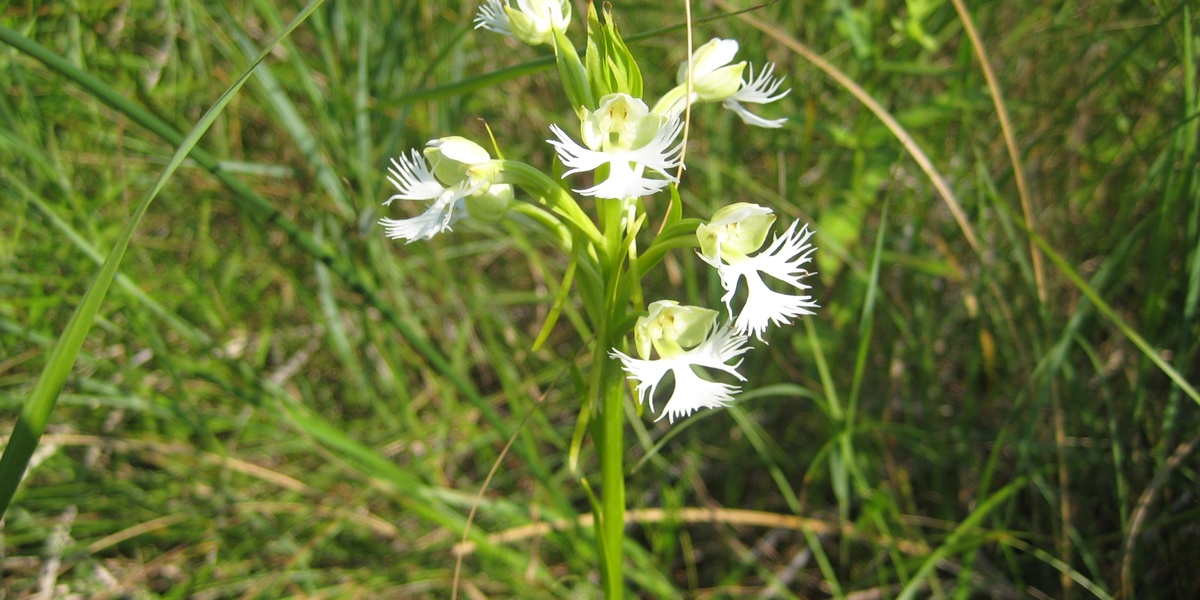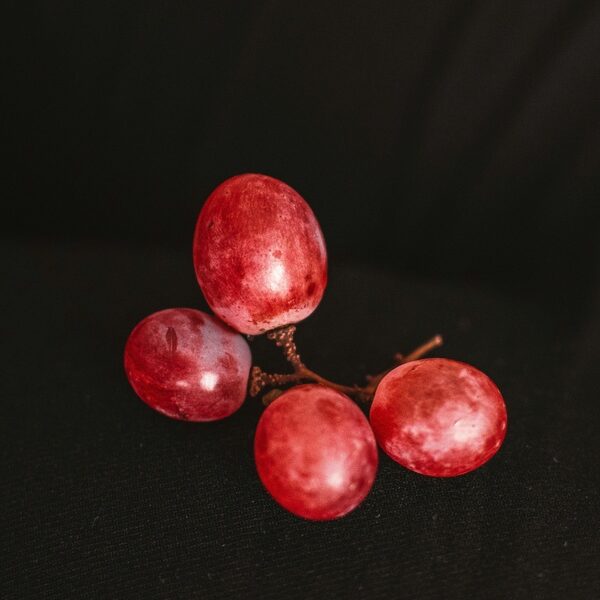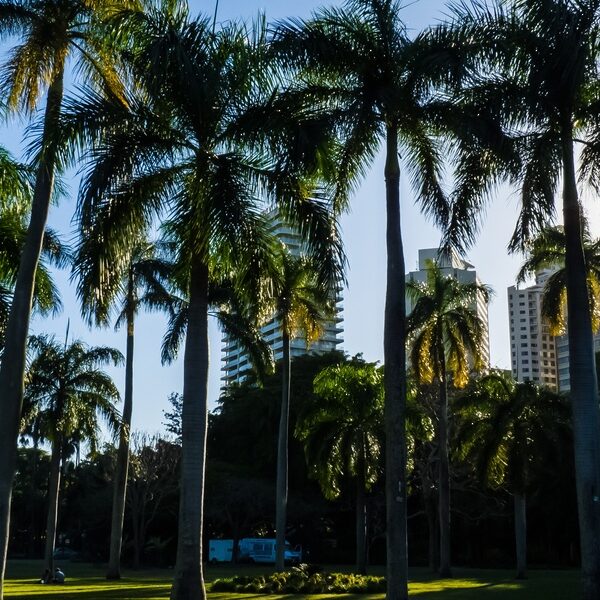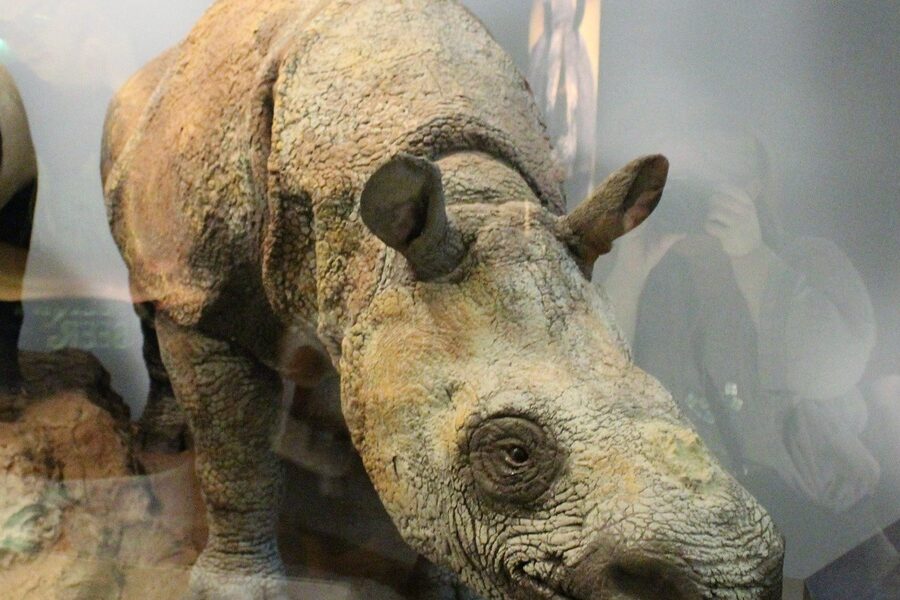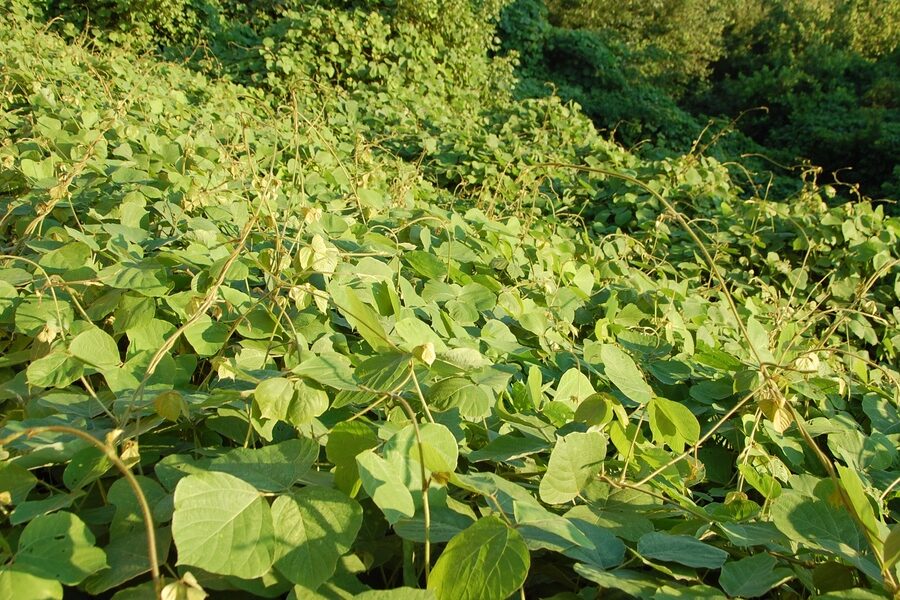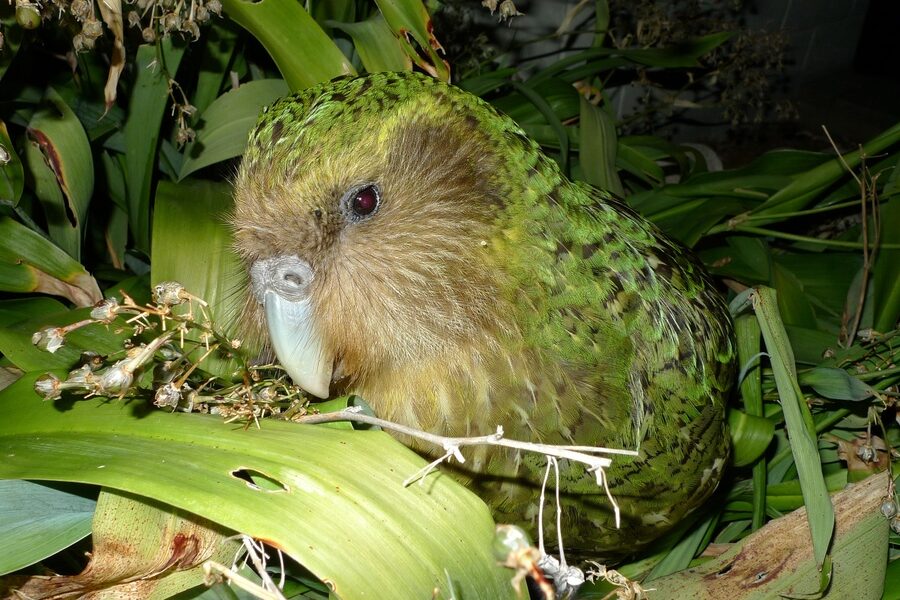Prairie remnants still hold surprising diversity, from sun‑baked limestone flats to seasonal wet meadows. If you walk these grasslands you’ll notice how few of the original wildflowers remain and why keeping track of them matters to local ecosystems.
There are 36 Endangered Prairie Plants, ranging from Ashy Dogweed to Willamette Daisy. For each species, you’ll find below data organized under Scientific name,Status,Range to help you spot where they occur and understand their protection needs — you’ll find below.
How can I help protect these endangered prairie plants?
Support local habitat stewardship: join or donate to prairie restoration projects, follow guidelines for invasive species removal, avoid disturbing known sites, and plant regionally appropriate natives in nearby gardens to extend habitat. Reporting sightings to state natural heritage programs or iNaturalist also helps managers track populations.
Why is range information useful for conservation and landowners?
Range details show where a plant naturally occurs and where it’s most vulnerable, helping prioritize land protection, restoration, and monitoring. For landowners, range maps indicate whether a species might be on your property so you can adjust mowing, grazing, or development plans to reduce harm.
Endangered Prairie Plants
| Name | Scientific name | Status | Range |
|---|---|---|---|
| Western Prairie Fringed Orchid | Platanthera praeclara | USFWS Threatened; NatureServe G2 | IA, KS, MN, MO, NE, ND, OK; Manitoba |
| Mead’s Milkweed | Asclepias meadii | USFWS Threatened; NatureServe G2 | IL, IN, IA, KS, MO, WI |
| Prairie Bush-clover | Lespedeza leptostachya | USFWS Threatened; NatureServe G2 | IL, IA, MN, WI |
| Eastern Prairie Fringed Orchid | Platanthera leucophaea | USFWS Threatened; NatureServe G2G3 | IL, IA, ME, MI, OH, VA, WI; Ontario |
| Leafy Prairie Clover | Dalea foliosa | USFWS Endangered; NatureServe G1 | IL, TN, AL |
| Blowout Penstemon | Penstemon haydenii | USFWS Endangered; NatureServe G1 | Nebraska Sandhills; Wyoming |
| Tennessee Purple Coneflower | Echinacea tennesseensis | USFWS Delisted (formerly Endangered) | Endemic to cedar glades of central Tennessee |
| Price’s Potato-bean | Apios priceana | USFWS Threatened; NatureServe G2 | AL, IL, IN, KY, MS, TN |
| Lakeside Daisy | Hymenoxys herbacea | USFWS Threatened; NatureServe G2 | OH, IL; Ontario |
| Missouri Bladderpod | Lesquerella filiformis | USFWS Endangered; NatureServe G1 | Endemic to three counties in southwest Missouri |
| Spalding’s Catchfly | Silene spaldingii | USFWS Threatened; NatureServe G2 | WA, OR, ID, MT; British Columbia |
| Navasota Ladies’-tresses | Spiranthes parksii | USFWS Endangered; NatureServe G1 | Endemic to three counties in Texas |
| Bradshaw’s Lomatium | Lomatium bradshawii | USFWS Endangered; NatureServe G1 | Willamette Valley of Oregon; one site in WA |
| Golden Paintbrush | Castilleja levisecta | USFWS Threatened; NatureServe G1 | WA, OR; British Columbia |
| Willamette Daisy | Erigeron decumbens | USFWS Endangered; NatureServe G1 | Willamette Valley of Oregon |
| Nelson’s Checker-mallow | Sidalcea nelsoniana | USFWS Threatened; NatureServe G2 | Willamette Valley, OR; southwest WA |
| White Rock Larkspur | Delphinium leucophaeum | USFWS Threatened; NatureServe G2 | Willamette Valley of Oregon |
| Kincaid’s Lupine | Lupinus sulphureus ssp. kincaidii | USFWS Threatened; NatureServe G2T2 | OR, WA; British Columbia |
| Texas Prairie Dawn | Hymenoxys texana | USFWS Endangered; NatureServe G1 | Endemic to a few counties in coastal Texas |
| White Bladderpod | Physaria pallida | USFWS Endangered; NatureServe G1 | Endemic to two counties in east-central Texas |
| Guthrie’s Ground-plum | Astragalus bibullatus | USFWS Endangered; NatureServe G1 | Endemic to three counties in central Tennessee |
| Short’s Goldenrod | Solidago shortii | USFWS Endangered; NatureServe G1 | Endemic to a small area in northern Kentucky |
| Mohr’s Barbara’s-buttons | Marshallia mohrii | USFWS Threatened; NatureServe G2 | AL, GA |
| Fleshy-fruit Gladecress | Leavenworthia crassa | USFWS Endangered; NatureServe G1 | Endemic to two counties in northern Alabama |
| Globe Bladderpod | Physaria globosa | USFWS Threatened; NatureServe G2 | TN, KY, IN |
| Schmoll’s Milkvetch | Astragalus schmolliae | USFWS Threatened; NatureServe G1 | Endemic to one mesa in southwest Colorado |
| Christ’s Paintbrush | Castilleja christii | USFWS Threatened; NatureServe G1 | Endemic to a single mountain peak in Idaho |
| MacFarlane’s Four-o’clock | Mirabilis macfarlanei | USFWS Threatened; NatureServe G2 | ID, OR |
| Tinytim | Geocarpon minimum | USFWS Threatened; NatureServe G2 | AR, LA, MO, TX |
| Parachute Beardtongue | Penstemon debilis | USFWS Threatened; NatureServe G1 | Endemic to a small area in Colorado |
| Running Glade Clover | Trifolium calcaricum | NatureServe G1 | Endemic to TN and AL |
| Tharp’s Bluestar | Amsonia tharpii | NatureServe G1 | TX, NM |
| San Diego Thorn-mint | Acanthomintha ilicifolia | USFWS Threatened; NatureServe G1 | CA; Baja California |
| Slender-petaled Mustard | Thelypodium stenopetalum | USFWS Endangered; NatureServe G1 | Endemic to Big Bear Valley, CA |
| Ashy Dogweed | Thymophylla tephroleuca | USFWS Endangered; NatureServe G1 | Endemic to two counties in southern Texas |
| South Texas Ambrosia | Ambrosia cheiranthifolia | USFWS Endangered; NatureServe G1 | Endemic to a single county in Texas |
Images and Descriptions
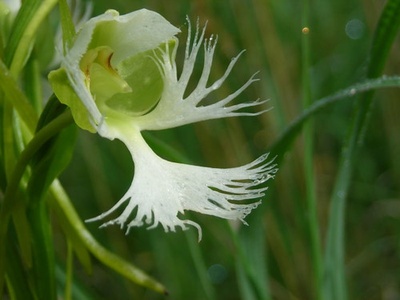
Western Prairie Fringed Orchid
A stunning orchid of tallgrass prairies, known for its large, fragrant, white flowers pollinated by hawkmoths at night. Its survival is threatened by the conversion of native prairie to agriculture and habitat fragmentation.
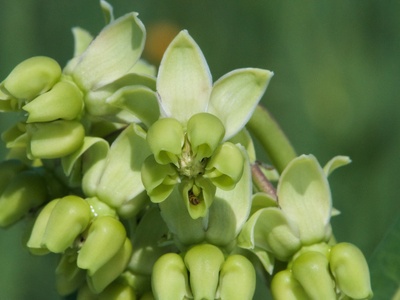
Mead’s Milkweed
A rare milkweed of high-quality tallgrass prairies and glades, featuring a single, nodding cluster of greenish-cream flowers. It suffers from habitat loss and a complex, slow reproductive cycle, often taking over a decade to flower.
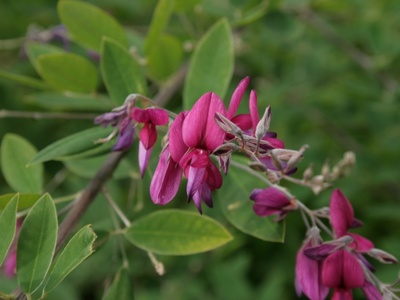
Prairie Bush-clover
An elegant legume of dry to mesic prairies, recognized by its slender, wand-like spikes of purple and white flowers. Fire suppression, which prairies need to thrive, along with habitat fragmentation and overgrazing have led to its decline.
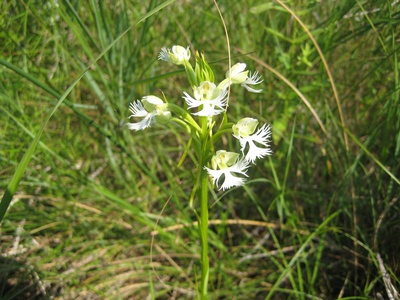
Eastern Prairie Fringed Orchid
A beautiful orchid of wet prairies and fens, distinguished by its creamy-white, fringed flowers. Like its western cousin, it relies on hawkmoths for pollination and is severely threatened by habitat drainage and degradation.
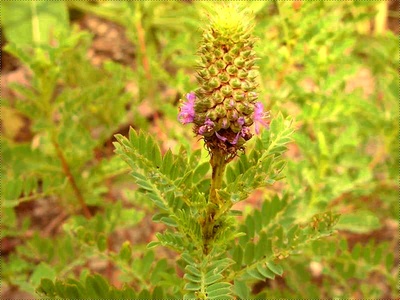
Leafy Prairie Clover
A critically imperiled plant of limestone glades and prairie remnants along rivers. Its dense clusters of purple flowers are a vital nectar source for native bees, but the species is threatened by quarrying and urban development.
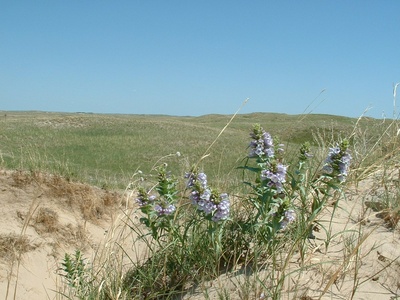
Blowout Penstemon
Known as the “king of the blowout,” this stunning blue flower is adapted to live only in active sand blowouts in prairie sandhills. Its biggest threats are stabilization of these dynamic dunes and hybridization with other penstemons.
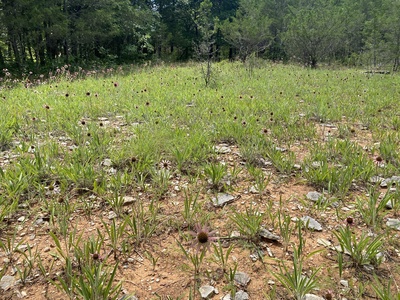
Tennessee Purple Coneflower
A conservation success story, this coneflower was once critically endangered. Found only in the prairie-like cedar glades of Tennessee, it was saved by protection efforts but still requires monitoring to guard against habitat loss and encroachment.
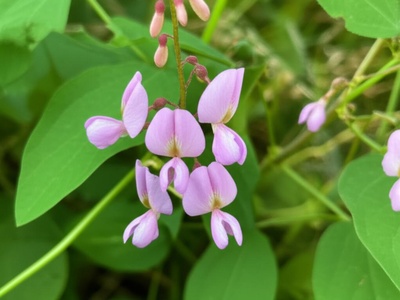
Price’s Potato-bean
A rare twining vine found at the edges of prairies and in open woodlands. It produces an edible tuber, historically used for food, but is now threatened by habitat destruction and fire suppression that allows forests to close in.
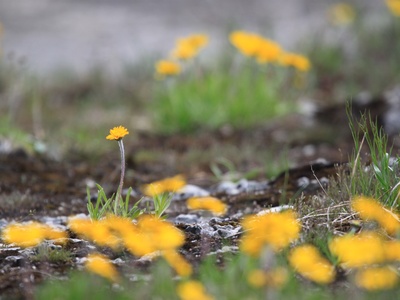
Lakeside Daisy
This small, bright yellow wildflower is a glacial relic, growing on nearly barren limestone bedrock in alvars and quarries, habitats similar to dry prairies. Its few remaining populations are vulnerable to quarrying and recreational activities.
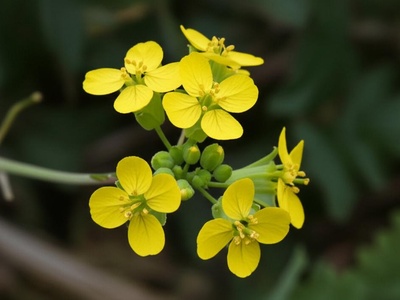
Missouri Bladderpod
This tiny, yellow-flowered member of the mustard family is restricted to limestone glades in Missouri. Its habitat is threatened by cattle grazing, quarrying, and encroachment by red cedar trees which shade out the essential open ground.
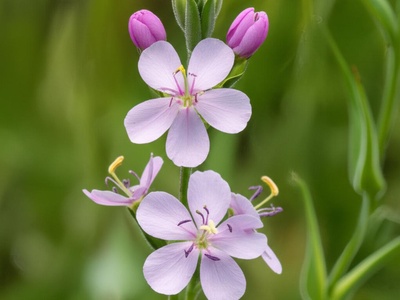
Spalding’s Catchfly
A long-lived perennial of the Pacific Northwest’s Palouse Prairie and sagebrush-steppe grasslands. It is threatened by habitat conversion to agriculture, invasive weeds, altered fire regimes, and grazing pressure across its scattered range.
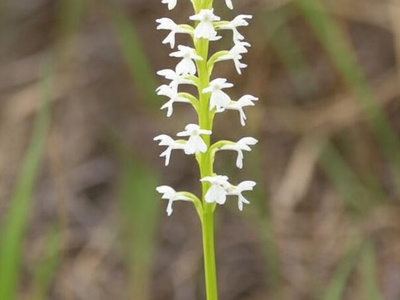
Navasota Ladies’-tresses
This small orchid grows in post oak savanna openings and prairie remnants on sandy loam soils. Its existence is threatened by urban development, road construction, and the invasion of non-native grasses that outcompete it.
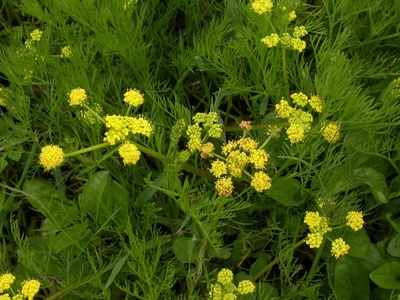
Bradshaw’s Lomatium
A perennial herb in the carrot family, found exclusively in seasonally flooded wet prairies of the Willamette Valley. Over 99% of its native habitat has been lost to agriculture and development, making it critically endangered.
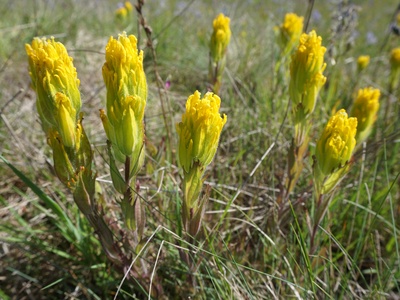
Golden Paintbrush
Once common in Pacific Northwest prairies, this brilliant golden-yellow paintbrush now survives in only a handful of sites. Its recovery depends on habitat restoration, controlled burns, and reintroduction efforts in protected prairie reserves.
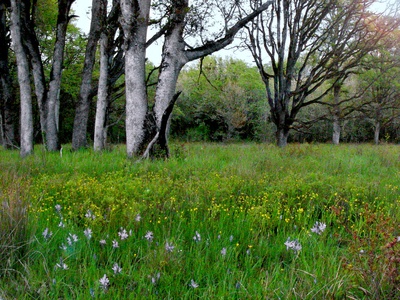
Willamette Daisy
A rare daisy with delicate white-to-lavender ray flowers, endemic to upland prairies of Oregon’s Willamette Valley. Agricultural conversion has destroyed most of its habitat, leaving a few remnant populations vulnerable to extinction.
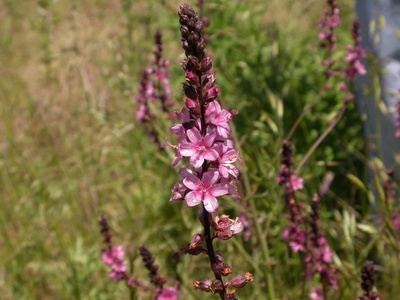
Nelson’s Checker-mallow
This tall, showy wildflower with pinkish-lavender blooms grows in wet prairies and along streamsides. It is threatened primarily by habitat loss from wetland draining for farming and development, as well as competition from invasive species.
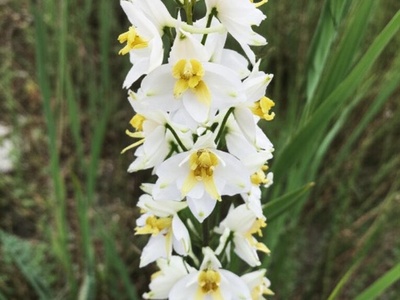
White Rock Larkspur
A rare larkspur with creamy white flowers, found only in a few upland prairie sites in Oregon. Its survival is jeopardized by habitat destruction, encroachment by woody plants due to fire suppression, and competition from invasive grasses.
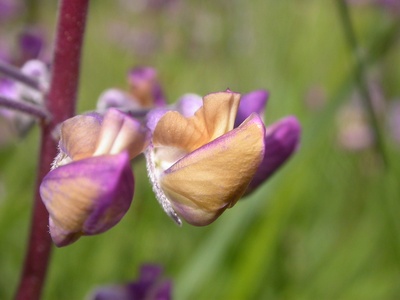
Kincaid’s Lupine
This sulfur-yellow lupine is the primary host plant for the endangered Fender’s blue butterfly, making its conservation doubly important. It is restricted to native upland prairies, a habitat that has become exceptionally rare.

Texas Prairie Dawn
A small, yellow-flowered annual that grows in saline coastal prairie openings that are wet in winter and spring. This extremely rare plant is threatened by urban and industrial development and alteration of its sensitive hydrology.
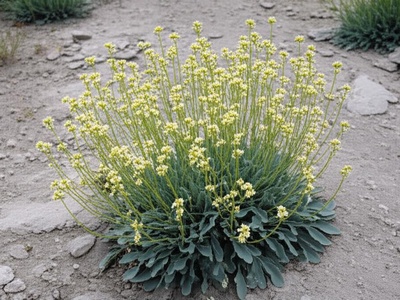
White Bladderpod
This winter annual with silvery leaves and white flowers grows only on specific chalky prairie outcrops. Its limited habitat is highly vulnerable to degradation from gravel quarrying, overgrazing, and invasive species.

Guthrie’s Ground-plum
Also known as Pyne’s ground-plum, this legume is found only in the unique cedar glade ecosystems of Tennessee. This rare plant is threatened by habitat destruction for development and the natural succession of woods that shades out its open habitat.
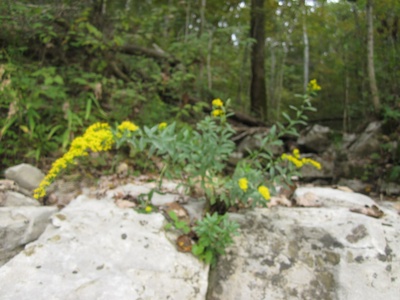
Short’s Goldenrod
This bright yellow goldenrod survives in a tiny geographic area, often in prairie-like clearings around limestone outcrops. Its extremely limited range makes it highly vulnerable to habitat disturbance and land development.
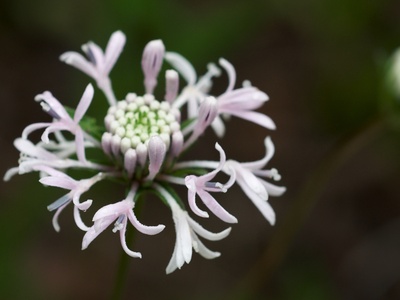
Mohr’s Barbara’s-buttons
This unusual perennial produces distinctive pinkish-white, thistle-like flower heads without ray petals. It grows in moist, sandy soils in prairie-like clearings and is threatened by fire suppression, logging, and conversion of its habitat.
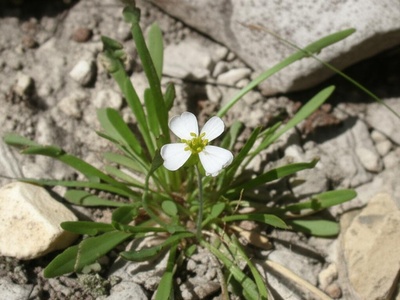
Fleshy-fruit Gladecress
This tiny winter annual is restricted to the shallow, seasonally wet soils of limestone glades and prairie-like openings. It is critically endangered due to its extremely small range and threats from habitat loss from quarrying and development.

Globe Bladderpod
A rare member of the mustard family with bright yellow flowers and unique, globe-shaped seed pods. It inhabits limestone cliffs and glades, where it is threatened by road construction, quarrying, and invasive plants.
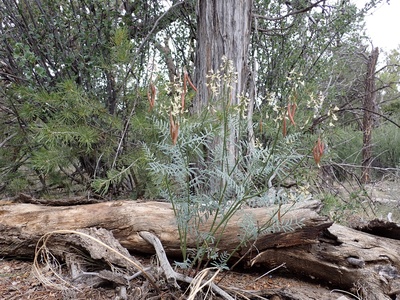
Schmoll’s Milkvetch
This fuzzy, purple-flowered milkvetch is found only on a single mesa top in a pinyon-juniper and sagebrush-grassland community. Its tiny range makes it highly vulnerable to climate change, drought, and potential energy development.
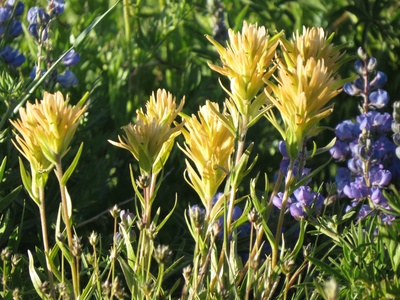
Christ’s Paintbrush
This vibrant, yellowish-green paintbrush lives only on one high-elevation, sagebrush-steppe summit. Its singular location makes it extremely vulnerable to recreational impacts, climate change, and random catastrophic events.
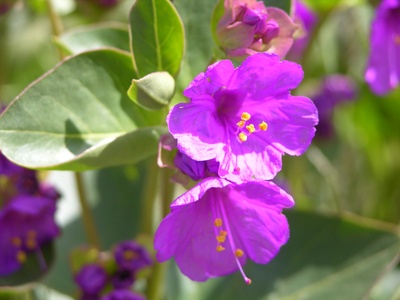
MacFarlane’s Four-o’clock
With brilliant magenta flowers that open in the late afternoon, this plant grows on steep, grassy canyon slopes along the Snake and Salmon rivers. It is threatened by invasive weeds, especially cheatgrass, which alters fire cycles and outcompetes it.

Tinytim
One of North America’s smallest flowering plants, Tinytim is barely a centimeter tall with reddish, succulent leaves. It inhabits barren sandstone glades and saline prairies, threatened by fire suppression, off-road vehicles, and habitat loss.
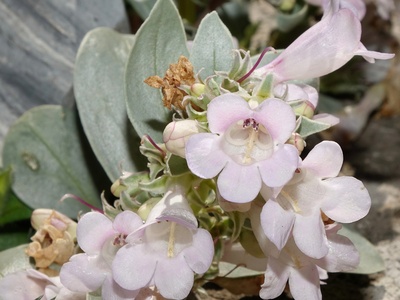
Parachute Beardtongue
Named for its location on Parachute Creek, this delicate penstemon with pale lavender flowers grows only on oil shale barrens. This extremely rare plant is directly threatened by potential oil shale mining that would destroy its only known habitat.
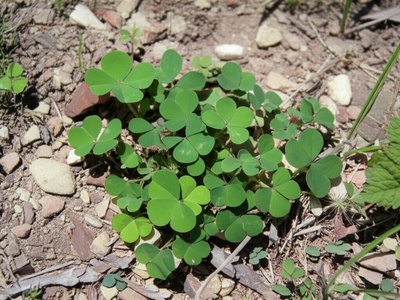
Running Glade Clover
A critically imperiled clover found in limestone glades and cedar barrens, habitats with thin soils similar to prairies. This low-growing perennial is threatened by habitat destruction, woody plant encroachment, and invasive species.
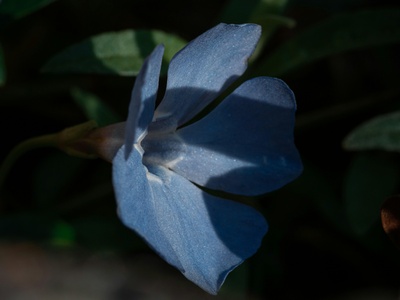
Tharp’s Bluestar
A rare perennial with pale blue, star-shaped flowers found in gypsum-rich grasslands of West Texas and New Mexico. This species is critically imperiled due to its restricted habitat, which is threatened by energy development and gypsum mining.
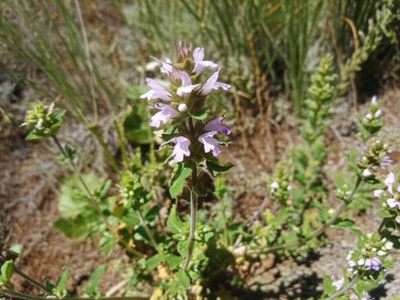
San Diego Thorn-mint
An aromatic annual mint adapted to clay soils in coastal sage scrub and remnant native grasslands. Over 90% of its habitat has been lost to urbanization in the San Diego area, leaving fragmented populations at high risk.
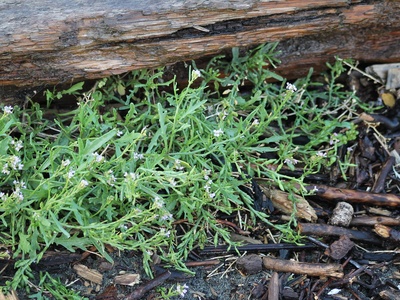
Slender-petaled Mustard
A tall annual mustard with delicate white or purplish flowers that grows in seasonally moist pebble plains, a unique grassland ecosystem. Its survival is threatened by development, recreation, and altered hydrology in its mountain valley home.
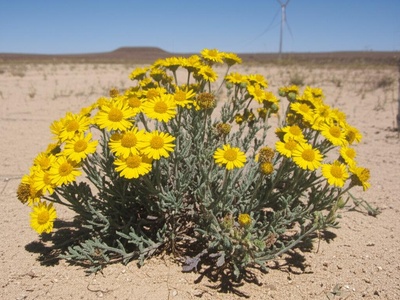
Ashy Dogweed
This small, bushy subshrub with yellow, daisy-like flowers grows on barren, sparsely vegetated saline prairies. Its highly specific habitat and extremely limited range make it vulnerable to energy development and habitat degradation.

South Texas Ambrosia
Also known as ragweed, this perennial herb is restricted to a few saline prairie sites in South Texas. Believed extinct for decades until its rediscovery, it remains critically endangered by habitat alteration and competition from invasive grasses.
